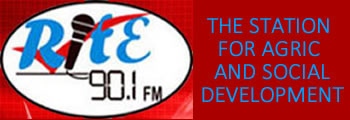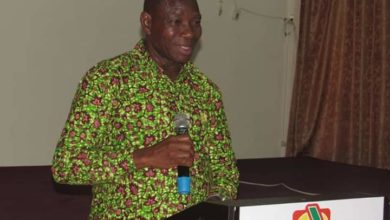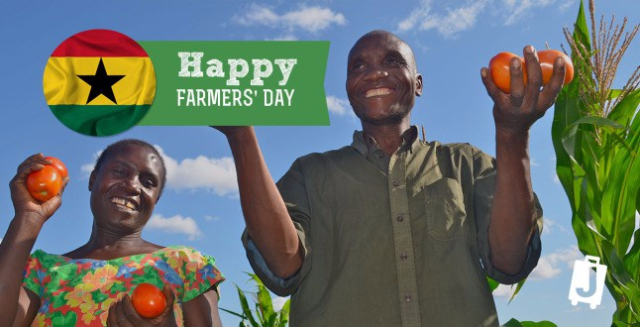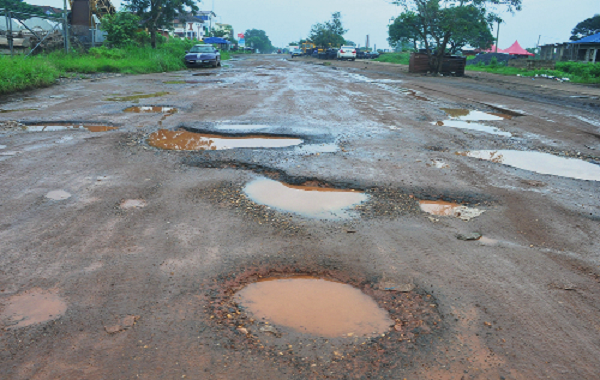Why Agriculture Can Be a Sexy Topic
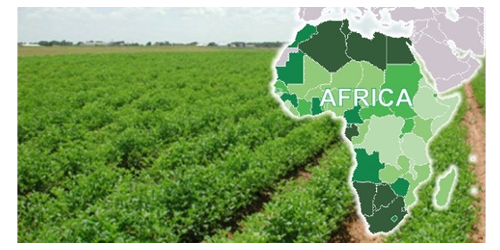
TWO weeks ago, long-serving Angolan president Jose Eduardo dos Santos raised a few eyebrows when he asked the country to start “studying” how to build a transition.
In power since 1979, and Africa’s second longest-ruling leader after Equatorial Guinea’s Teodoro Obiang Nguema, he did however quickly set the record right by confirming that he was not going anywhere just yet, or at least not until 2017, when his current mandate runs out.
“… It is evident that it is not wise to consider that option under the current circumstances,” he said in a speech published on the website of Angolan state-run news agency Angop.
Those ‘circumstances’ are economic; the continent’s second-largest oil producer is buckling under the steep fall in world crude prices. The government in February cut its 2015 budget by 26%, while predicting the fiscal gap will reach 7% of gross domestic product.
Angola relies on oil for more than 90% of its exports, a vulnerability that it has recognised, with a growing focus on diversification.
Agriculture is a natural target: Before independence in 1975, Angola was an agricultural powerhouse known for its coffee and rubber production, before three decades of civil war sunk a hole in the sector.
The Southern African country is now rolling out policies to boost output, and according to the World Bank they could be having an impact — it had the highest growth in agriculture between 2004-2012, an annual increase (in real terms) of 12,8%.
Mail & Guardian Africa trawled World Bank and Food and Agriculture Organisation (FAO) data for other notable facts about African agriculture, a crucial sector that is now the target of several continental initiatives, including the African Union’s Agenda 2063.
In Uganda last year, in a bid to make it sexy, the national beauty pageant was rebranded to promote agriculture – and it was, perhaps appropriately – won by a young former mushroom and poultry farmer.
1. In addition to Angola, four other African countries that had the highest growth globally in agriculture between 2004-2012: Equatorial Guinea (9,5%), Liberia (8,8%), Ethiopia (8,3%) and Mozambique at 7,6%. Of the top 10 global countries, eight were African. Nigeria, Africa’s leading oil producer which has also taken a big hit to its economy, also grew its agricultural sector 5,7% in that period, suggesting the diversification push is on.
2. South Africa is the country least economically dependent on agriculture, which accounted for an average of just 2,46% of its gross domestic product between 2010-14, but dry Botswana is hot on its heels with a 2,7% dependence on the sector, boosted by a small population and strong resources base.
3. On the flip side is Sierra Leone, which depends on agriculture for 58,1% of its GDP in the same period, ahead of Chad at 53,2%. Nine of the most-dependent countries on this count are African, but notably, many of these are also among those that have most improved their productivity, suggesting big policy pushes in these countries are quietly but steadily changing the situation – Nigeria, Ethiopia and Mozambique are prominent examples.
4. While China has by far the world’s highest agricultural output, one African country marches it into the top five at 2012 figures – Nigeria with an output of US$102 billion giving it the symbolic crown of the continent’s food “superpower”. Egypt and Ethiopia are the two other African representatives in the top 30, but also notable is Sudan in 31st position, with an output worth US$15 billion.
5. Zimbabwe is the African country that counted the least growth in agriculture between 2004 and 2012, with a contraction of -3,7%.
6. African countries also register on the agricultural productivity map, measured in terms of agriculture value added per worker and in 2005 US dollars.
Broadly, it is a measure of the share of employment against the value derived, and for African countries is almost always low as the sector employs millions — essentially there are too many workers in the less-productive agricultural sector.
But there are regional stars that have got their maths right: The island nation of Mauritius leads the way, at US$9 121, ahead of South Africa (US$7 238), Morocco (US$4 507), Cape Verde at US$4 410 and Gabon at US$2 741.
7. Deforestation continues to plague Africa, but some countries on the continent have managed to keep the saws and axes at bay, while others such as Nigeria and Sudan have struggled — the latter lost 150 000 square kilometres of cover in just one year in 2011. In 2012 the Democratic Republic of Congo had the highest cover, at 1,5 million square kilometres, ahead of Angola at 582 000 square kilometres, with Zambia, Tanzania and Mozambique also very green.
8. If you live in an African country, you most likely will derive your staple from wheat, rice or maize.
Given the importance of cereals to the food security of the continent – often it can be a measure of the likelihood of conflict – it is worth measuring which country has the most yield per hectare. Here Egypt leads, at an average of 7,068 kg/ha between 2010-13, ahead of South Africa at 3,895 kg. But the notable star is the third-ranked nation, post-conflict Ivory Coast, weighing in at 3,125 kg/ha last year alone.
9. So, which country produces the most “nutrient-rich” foods? The World Bank’s food production index counts only crops that are considered edible and contain nutrients, meaning there is no space for the likes of coffee and tea, which have virtually no nutritive value. In 2013 when the data is last available, the African leaders on this ranking are a basket of surprises – Namibia tops, followed by Mauritius, Zimbabwe, The Gambia, Eritrea and Libya. – M&G Africa
Source: allafrica.com/
